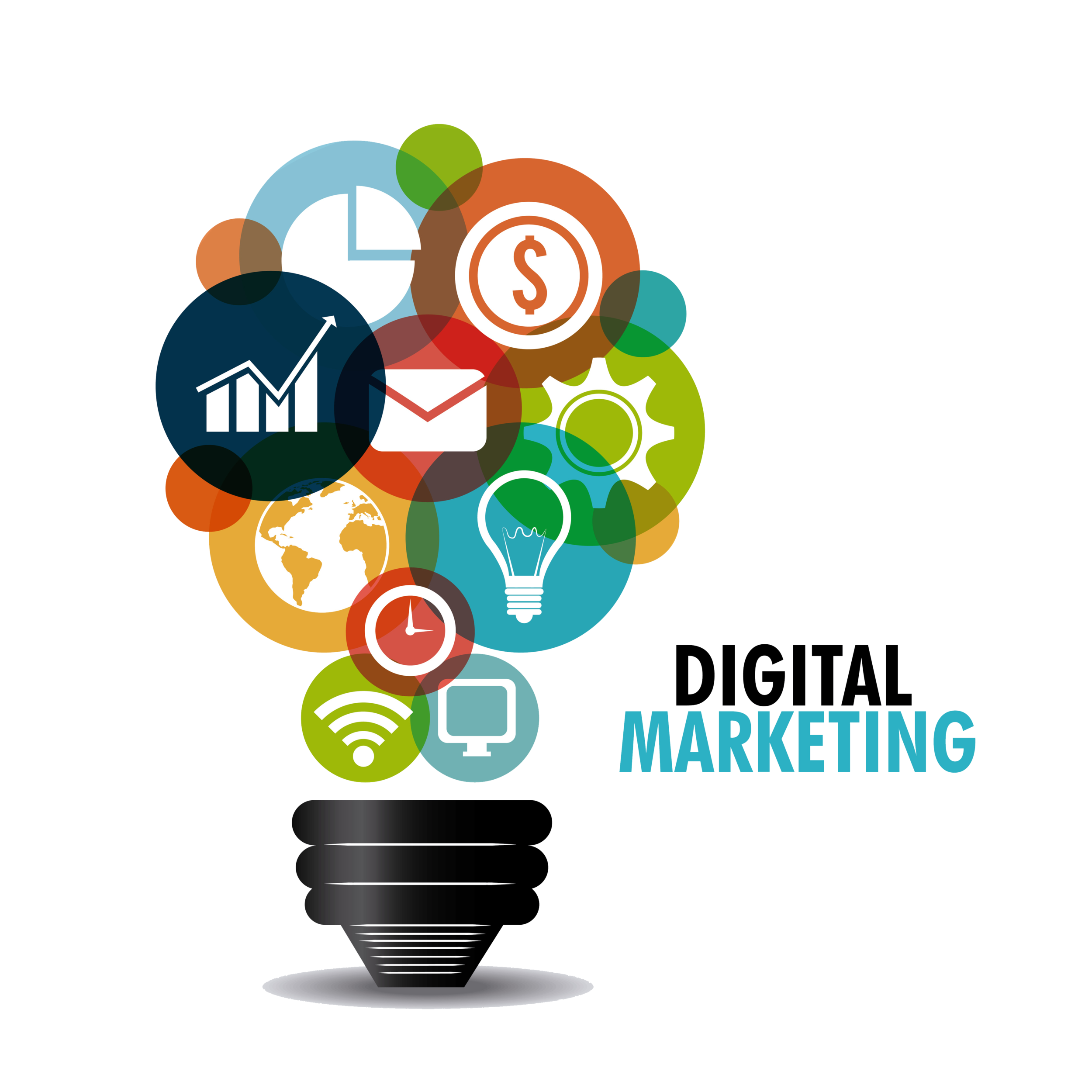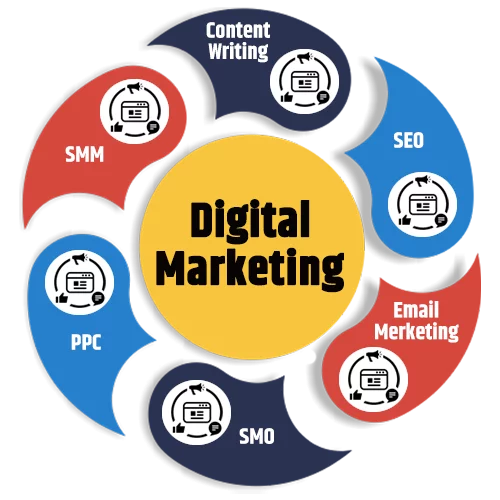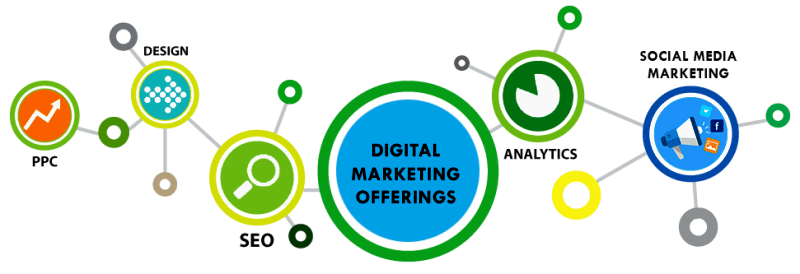In today’s fast-paced digital world, traditional marketing methods alone are no longer (Digital Marketing Strategies ) sufficient to drive business success. Digital marketing has emerged as a powerful tool for businesses to reach and engage with their target audiences. This article explores the various facets of digital marketing and how businesses can leverage these strategies to achieve their marketing goals.
Digital marketing encompasses all marketing efforts that use the internet or electronic devices. It includes a wide range of tactics and channels designed to promote products or services, engage with customers, and drive sales. The primary goal of digital marketing is to connect with a target audience where they are most active—online.

Digital marketing offers several advantages over traditional marketing methods, including:

SEO involves optimizing your website to rank higher in search engine results pages (SERPs). It includes on-page optimization (such as keyword research and content creation), off-page optimization (like building backlinks), and technical SEO (improving website speed and mobile-friendliness). Effective SEO helps increase organic traffic and improve your website’s visibility.
Content marketing focuses on creating valuable, relevant, and engaging content to attract and retain a target audience. Types of content include blog posts, articles, videos, infographics, and eBooks. The goal is to provide information that solves problems or answers questions, building trust and establishing authority in your industry.
Social media marketing involves using platforms like Facebook, Instagram, Twitter, LinkedIn, and others to connect with your audience. It includes creating and sharing content, running paid advertisements, and engaging with followers. Social media helps build brand awareness, foster customer relationships, and drive traffic to your website.
Email marketing is a direct way to communicate with your audience through newsletters, promotional emails, and automated campaigns. It’s effective for nurturing leads, retaining customers, and driving conversions. Personalized and targeted email campaigns can improve engagement and build long-term relationships with your audience.
PPC advertising involves placing ads on search engines, social media platforms, or other websites. Advertisers pay a fee each time their ad is clicked. Common PPC platforms include Google Ads and Facebook Ads. PPC allows for precise targeting and immediate traffic generation, making it a valuable component of a digital marketing strategy.
Affiliate marketing involves partnering with affiliates who promote your products or services in exchange for a commission on sales generated through their efforts. This performance-based marketing strategy extends your reach and leverages the networks of your affiliates.
Influencer marketing focuses on collaborating with individuals who have a significant following and influence within your industry. By partnering with influencers, you can tap into their audience and leverage their credibility to promote your brand.
Web analytics involves tracking and analyzing data related to your website’s performance. Tools like Google Analytics provide insights into user behavior, traffic sources, and conversion rates. This data helps you understand what’s working, identify areas for improvement, and make informed decisions.
Start by setting clear, measurable goals for your digital marketing efforts. Whether you aim to increase brand awareness, (Digital Marketing Strategies ) generate leads, drive sales, or improve customer engagement, having defined objectives will guide your strategy and help measure success.
Research to understand your target audience’s demographics, interests, and online behavior. This information will help you create content and campaigns that resonate with your audience and address their needs and preferences.
Select the digital marketing channels that align with your goals and audience (Digital Marketing Strategies ). Consider factors such as where your audience spends their time, the type of content they engage with, and your budget.

Develop a content plan that outlines the topics, formats, and distribution channels for your content. Ensure that your content is valuable, relevant, and aligned with your audience’s interests.
Execute your digital marketing campaigns and continuously monitor their performance. Use analytics tools to track key metrics, such as traffic, engagement, and conversions. Adjust your strategies based on the data to optimize results.
Regularly evaluate the effectiveness of your digital marketing efforts. Assess what’s working well and what needs improvement. Be prepared to adapt your strategy in response to changes in the market, audience behavior, or new digital trends (Digital Marketing Strategies ).
Digital marketing is constantly evolving, with new technologies and trends shaping the landscape. Some current trends include: